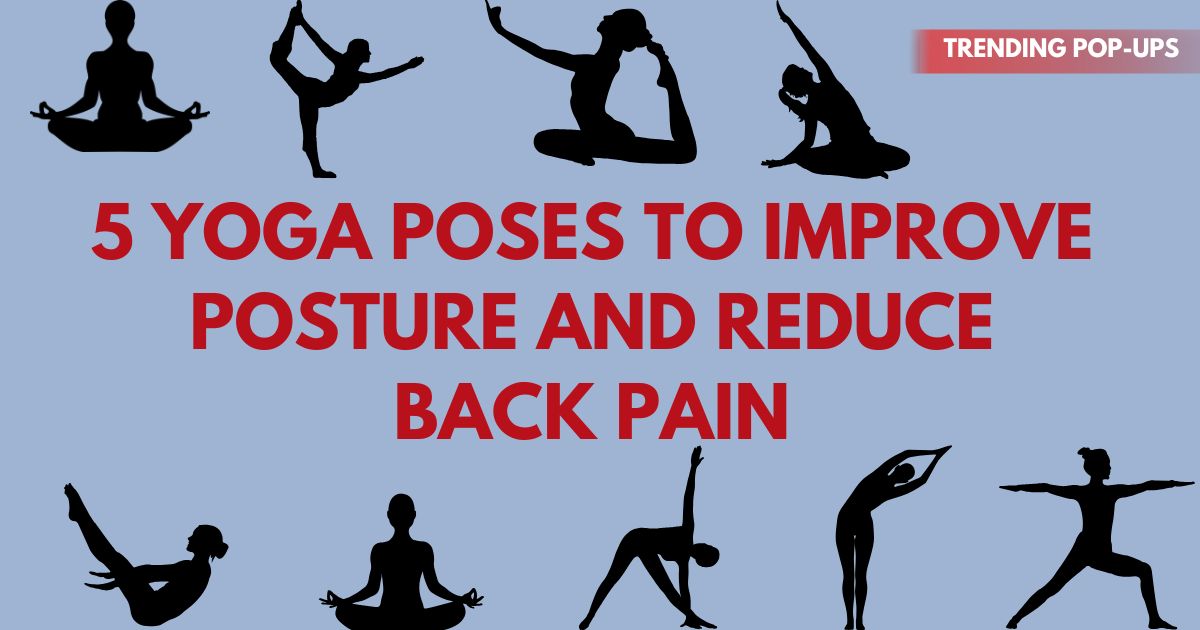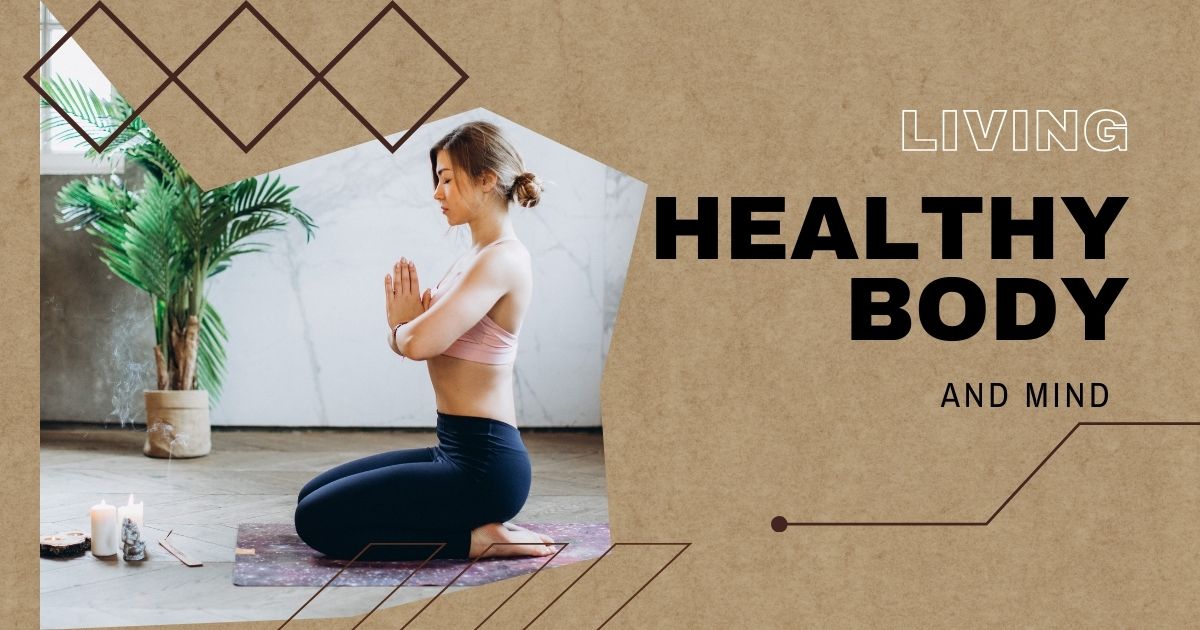Back pain and poor posture are common issues in today’s sedentary lifestyle. Long hours spent sitting at desks, using smartphones, or working on computers can lead to muscle imbalances, tension, and chronic discomfort. Yoga, a holistic practice combining physical postures, breathing, and mindfulness, is a proven method to strengthen muscles, improve posture, and relieve back pain.
This guide introduces five yoga poses that are beginner-friendly, effective, and easy to integrate into daily routines.
Benefits of Yoga for Posture and Back Pain
Yoga improves posture and reduces back pain through:
-
Strengthening Core Muscles: A strong core supports the spine and prevents slouching.
-
Increasing Flexibility: Stretching tight muscles in the back, hips, and shoulders relieves tension.
-
Enhancing Body Awareness: Mindful movement helps identify and correct poor posture habits.
-
Reducing Stress: Relaxation techniques in yoga release muscle tightness caused by tension.
Practicing yoga regularly can lead to better spinal alignment, less discomfort, and improved overall health.
1. Cat-Cow Pose (Marjaryasana-Bitilasana)
How to Perform:
-
Start on your hands and knees in a tabletop position.
-
Inhale, arch your back, lifting your tailbone and chest (Cow Pose).
-
Exhale, round your spine, tucking your chin to your chest (Cat Pose).
-
Repeat for 8–10 breaths, moving slowly and mindfully.
Benefits:
-
Improves spine flexibility
-
Stretches the back, neck, and shoulders
-
Relieves tension in the lower back
2. Child’s Pose (Balasana)
How to Perform:
-
Kneel on the floor with big toes touching and knees apart.
-
Sit back on your heels and stretch your arms forward, lowering your forehead to the mat.
-
Breathe deeply for 30–60 seconds.
Benefits:
-
Gently stretches the spine, hips, and thighs
-
Reduces lower back stiffness
-
Promotes relaxation and stress relief
3. Downward-Facing Dog (Adho Mukha Svanasana)
How to Perform:
-
Begin in a plank position and lift your hips toward the ceiling, forming an inverted V shape.
-
Keep your hands shoulder-width apart and feet hip-width apart.
-
Press your heels toward the floor and lengthen your spine.
-
Hold for 20–30 seconds, breathing deeply.
Benefits:
-
Strengthens arms, shoulders, and core
-
Stretches the back, hamstrings, and calves
-
Enhances spinal alignment and posture
4. Cobra Pose (Bhujangasana)
How to Perform:
-
Lie on your stomach with legs extended and hands under your shoulders.
-
Inhale and lift your chest off the floor, keeping elbows slightly bent.
-
Press your shoulders down and back, engaging your back muscles.
-
Hold for 15–30 seconds, then exhale and release.
Benefits:
-
Strengthens the lower back and spine
-
Opens the chest and shoulders
-
Counteracts slouching and hunching
5. Mountain Pose (Tadasana)
How to Perform:
-
Stand tall with feet together and arms at your sides.
-
Ground your feet and engage your core.
-
Roll your shoulders back and down, lengthen your spine, and lift your chest.
-
Breathe deeply and hold for 20–30 seconds.
Benefits:
-
Improves posture awareness and spinal alignment
-
Strengthens legs and core muscles
-
Encourages proper standing and sitting posture
Tips for Practicing Yoga Safely
-
Start Slow: Begin with gentle poses and gradually increase intensity.
-
Use Props: Yoga blocks, straps, or cushions can provide support and enhance alignment.
-
Focus on Breathing: Deep, steady breaths help release tension and improve effectiveness.
-
Listen to Your Body: Avoid forcing any pose; discomfort is normal, pain is not.
-
Consistency is Key: Practicing 3–5 times per week provides the best results.
Additional Lifestyle Tips for Better Posture and Reduced Back Pain
-
Ergonomic Workspace: Adjust your chair, desk, and monitor to maintain proper posture.
-
Regular Movement Breaks: Stand, stretch, or walk every 30–60 minutes during sedentary work.
-
Strength Training: Core exercises complement yoga for spinal support.
-
Stay Hydrated: Water supports joint health and muscle function.
-
Mindful Posture: Be aware of your standing and sitting habits throughout the day.
Conclusion
Incorporating these five yoga poses into your daily routine can significantly improve posture, strengthen your back, and reduce discomfort. Combined with mindful breathing, proper alignment, and consistent practice, yoga promotes long-term spinal health, flexibility, and overall wellness. By dedicating just a few minutes each day, you can enjoy enhanced posture, less back pain, and a healthier, more balanced body.
Also Read : How Drinking Enough Water Boosts Your Energy Levels
FAQs
Q1. Can beginners do these poses safely?
Yes, these poses are beginner-friendly. Start slowly and use props if needed.
Q2. How often should I practice yoga to see results?
Practicing 3–5 times per week can improve posture and reduce back pain within a few weeks.
Q3. Can yoga replace physical therapy for back pain?
Yoga can complement physical therapy but should not replace professional medical guidance for serious back conditions.
Q4. How long should each pose be held?
Begin with 15–30 seconds for each pose, gradually increasing as your flexibility and strength improve.
Q5. Are there precautions for people with chronic back pain?
Yes, consult a healthcare professional before starting yoga. Avoid extreme stretches and focus on gentle, supported poses.



